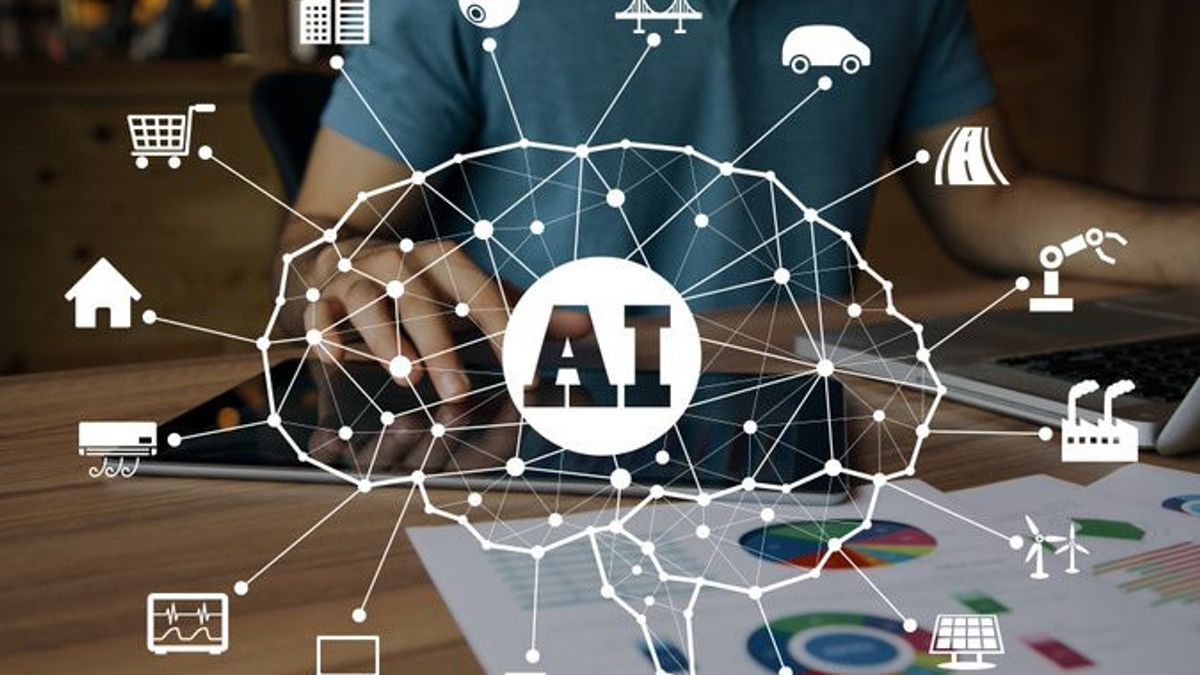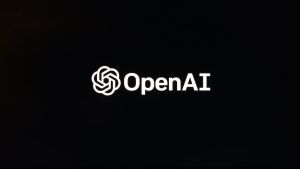JAKMARTA - The Department of Homeland Security (DHS) on Thursday, November 14 plans to announce new restrictions on its use of artificial intelligence (AI). But they also highlight the agency's success in using this technology to assist in arresting drug dealers and arresting other criminals.
"We must... ensure that our use of AI is responsible and trustworthy, that the AI is rigorously tested to be effective, that the AI protects privacy, civil rights, and civil liberties while avoiding inappropriate bias, and... that AI is transparent and can be explained to those we serve," wrote DHS Secretary Alejandro Mayorkas, in a policy memo. AI.
This new policy comes as the agency quickly adopts artificial intelligence technology in various sensitive missions, from border control to tracking fentanyl flows to the US.
According to senior officials, in the future, DHS hopes to use AI to also enhance its ability to secure American supply chains and digital forensic capabilities, although they also face unique challenges with this technology.
"I think the accidental potential danger of AI use exists in every federal institution and in the use of any AI," said DHS Chief of Information Eric Hysen, quoted by Reuters. "We interact with more people every day than any other federal institution. And when we interact with people, it can last for some of the most important moments in their lives."
Historically, academics have warned about the dangers of AI related to racial profiling and because AI can still make mistakes when identifying relationships in complex data.
As part of this new policy, Americans can refuse the use of facial recognition technology in various situations, including during air travel checks.
The guidelines will also require that the results of facial recognition matching found with AI technology are examined manually by human analysts to ensure its accuracy, according to a new directive that will be released in conjunction with the AI memo later on Thursday.
اقرأ أيضا:
During a hearing at Congress on Thursday, Hysen plans to highlight a recent case at the San Isidro Port of Entry in California where agents from Customs and Border Patrol have used advanced machine learning (ML) models to tag a car that is actually not suspicious driving north from Mexico because it has a potential pattern of suspicious. "The agent later found 75 kilograms of drugs in the fuel tank and the car's perquaternary panel.
"Another area where DHS has widely used AI technology is on the southern border, where the agency has set up more than 200 surveillance cameras," Hysen said.
"The cameras, sold by a military defense contractor named Anduril, use AI to automatically detect and flag human crossing locations," Hysen said, helping to stop human smuggling and drug smuggling activities.
The English, Chinese, Japanese, Arabic, and French versions are automatically generated by the AI. So there may still be inaccuracies in translating, please always see Indonesian as our main language. (system supported by DigitalSiber.id)


















